Serene (2024).
Undoubtedly, Eugene’s art draws the viewer in.
The figures in his work appear immersed in thought, leading us to fill in the blanks.
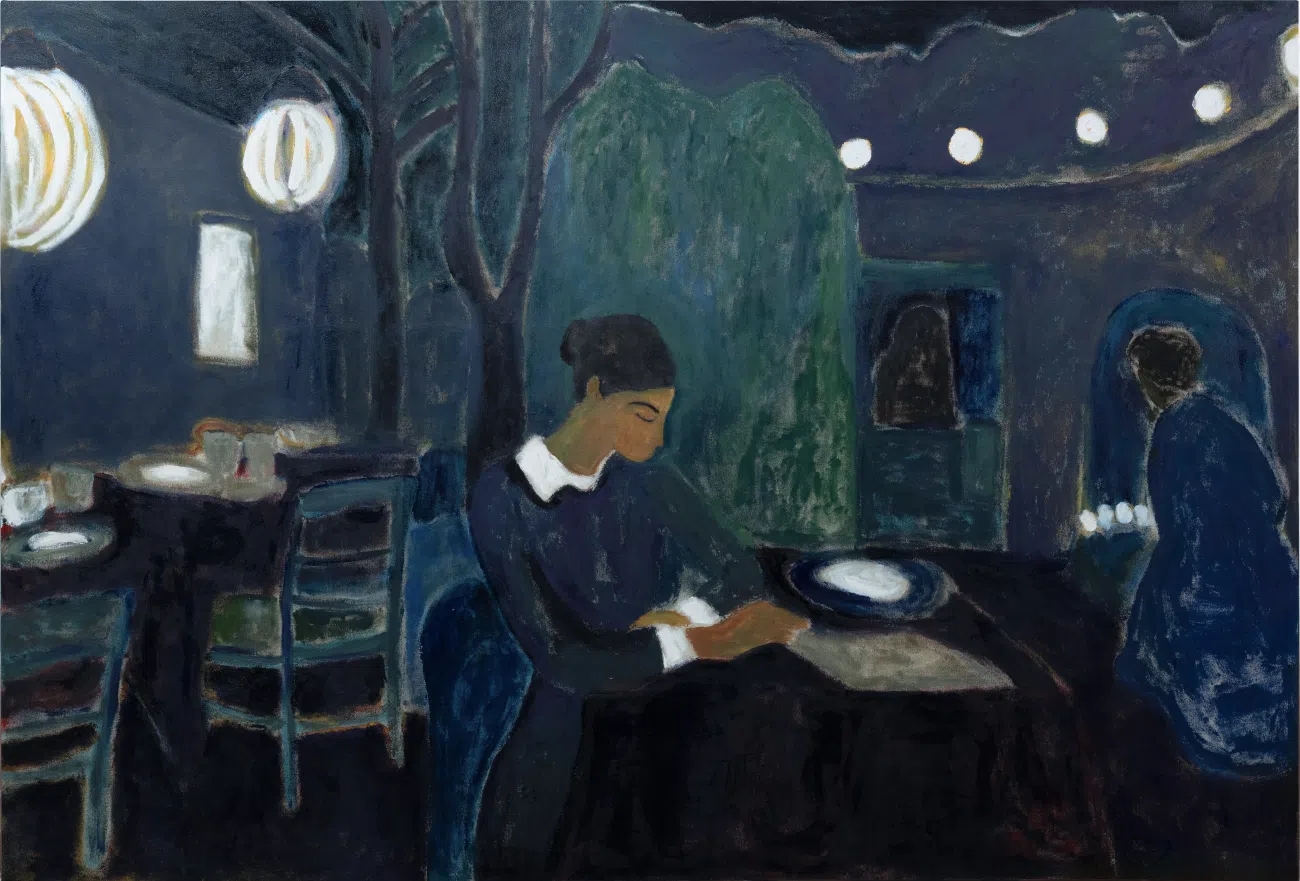
“Serene” (2024). Courtesy of the artist and Mariane Ibrahim
Read on for My Modern Met’s exclusive interview.
Photo: Sydney Foster.
Courtesy of the artist and Mariane Ibrahim
How did your love of art begin?
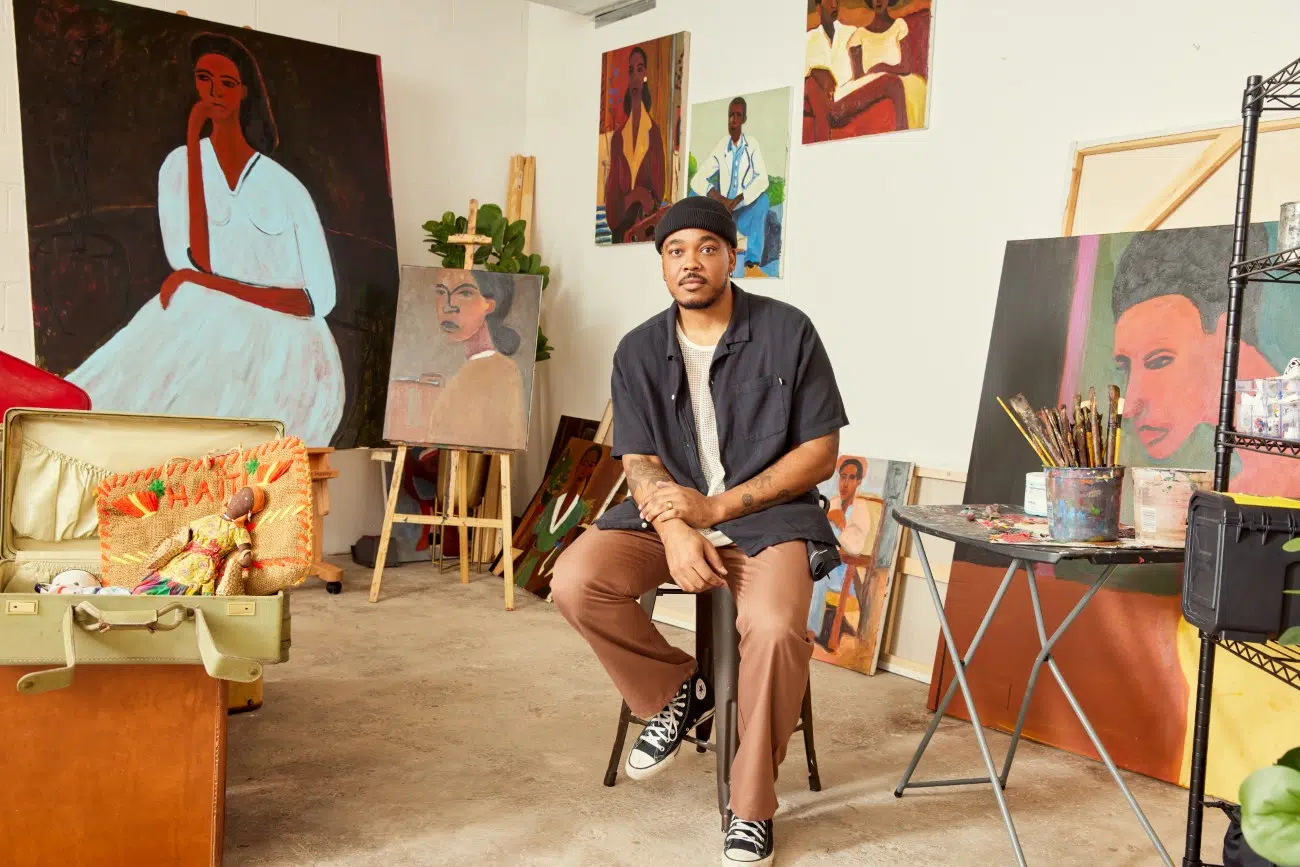
Photo: Sydney Foster. Courtesy of the artist and Mariane Ibrahim
Ive always been drawn to creativity in all its forms, especially music.
Growing up, I was involved in production companies, writing and producing music for artists.
I also grew up in a home filled with art.
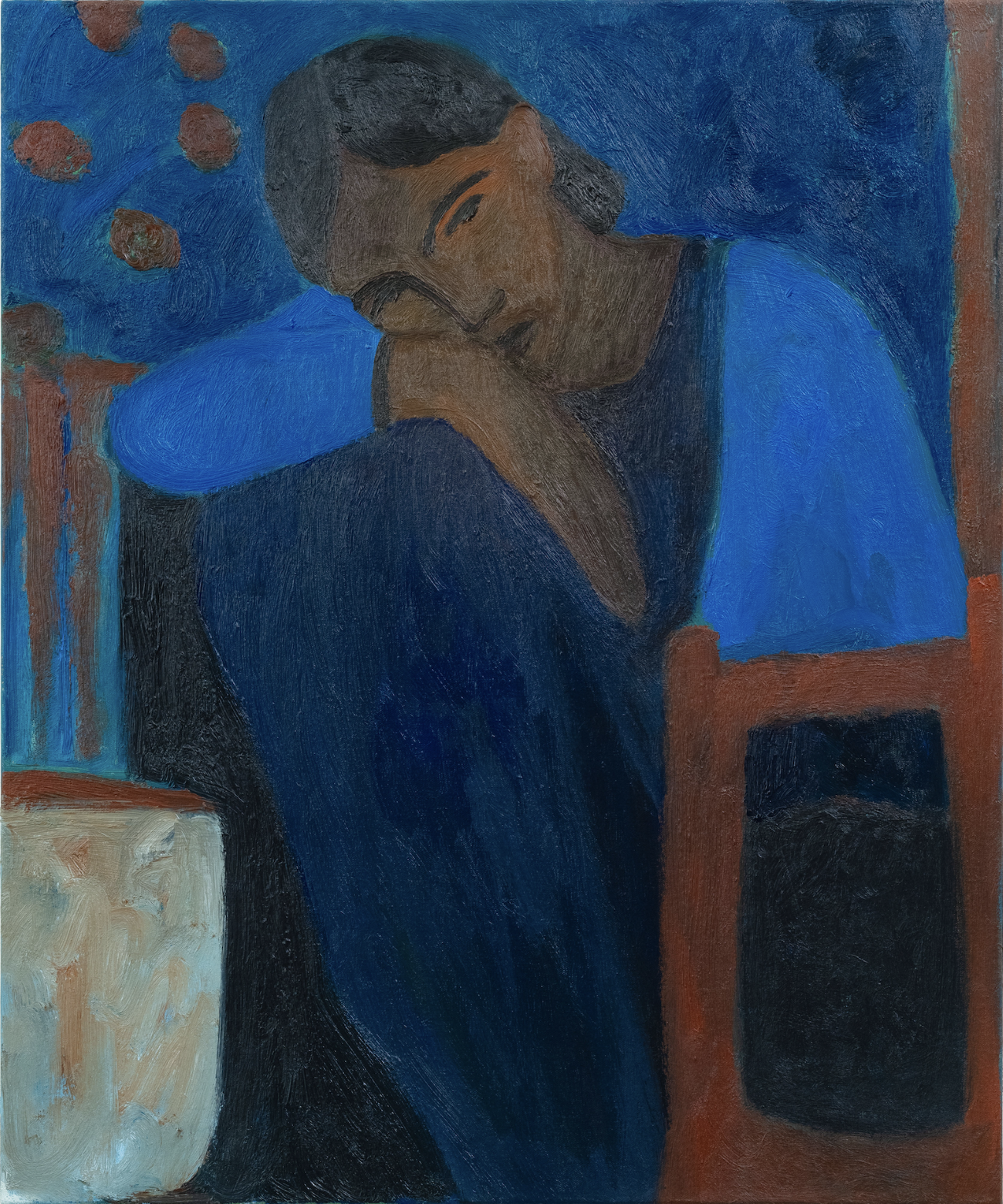
“Soft Places to Land” (2024). Courtesy of the artist and Mariane Ibrahim
It was just part of my environment.
But when I turned 27, I felt the need to explore another creative avenue.
Thats when I started drawing, which eventually led to painting.
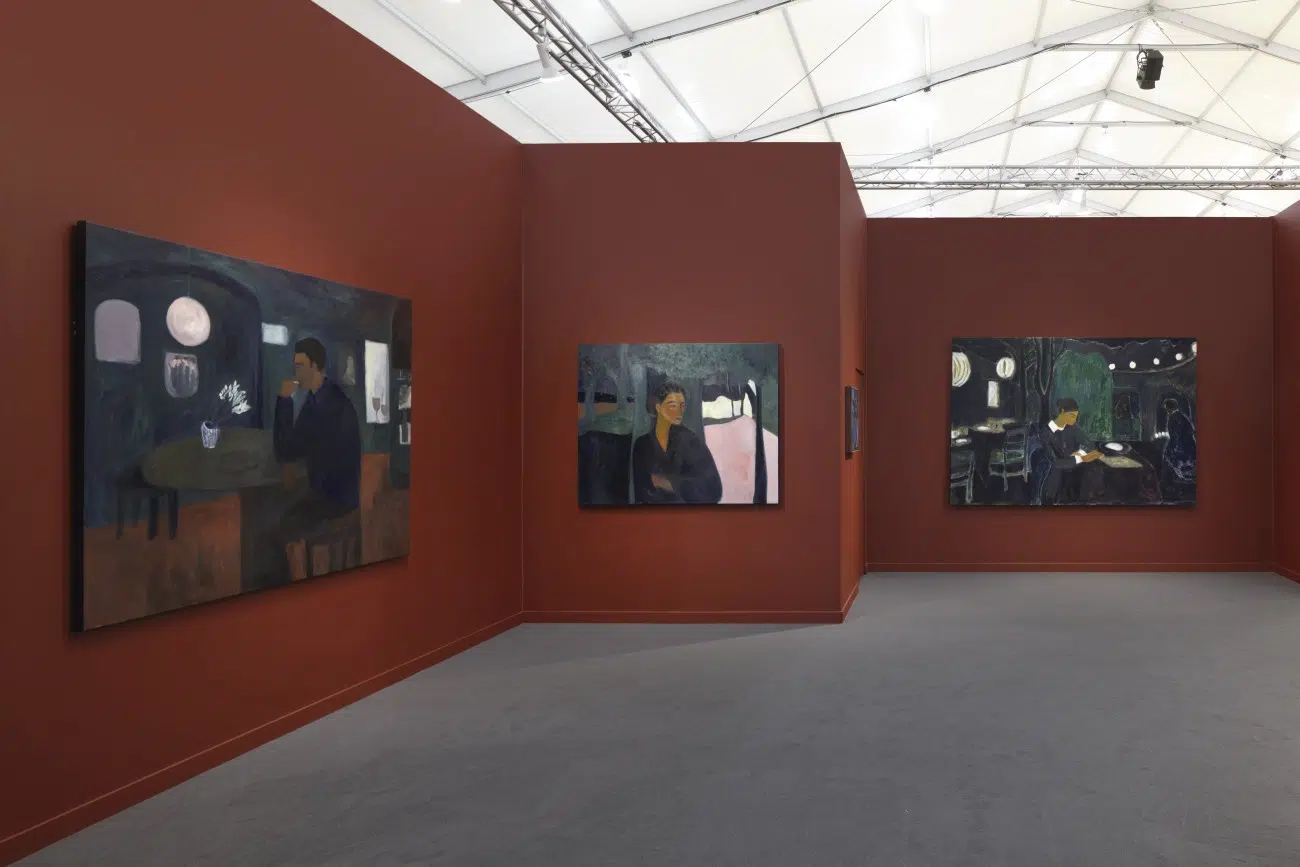
Frieze LA 2025. Courtesy of the artist and Mariane Ibrahim
Thats how it all began.
Soft Places to Land (2024).
Courtesy of the artist and Mariane Ibrahim
What pushed you toward figurative art after initially working in the abstract?
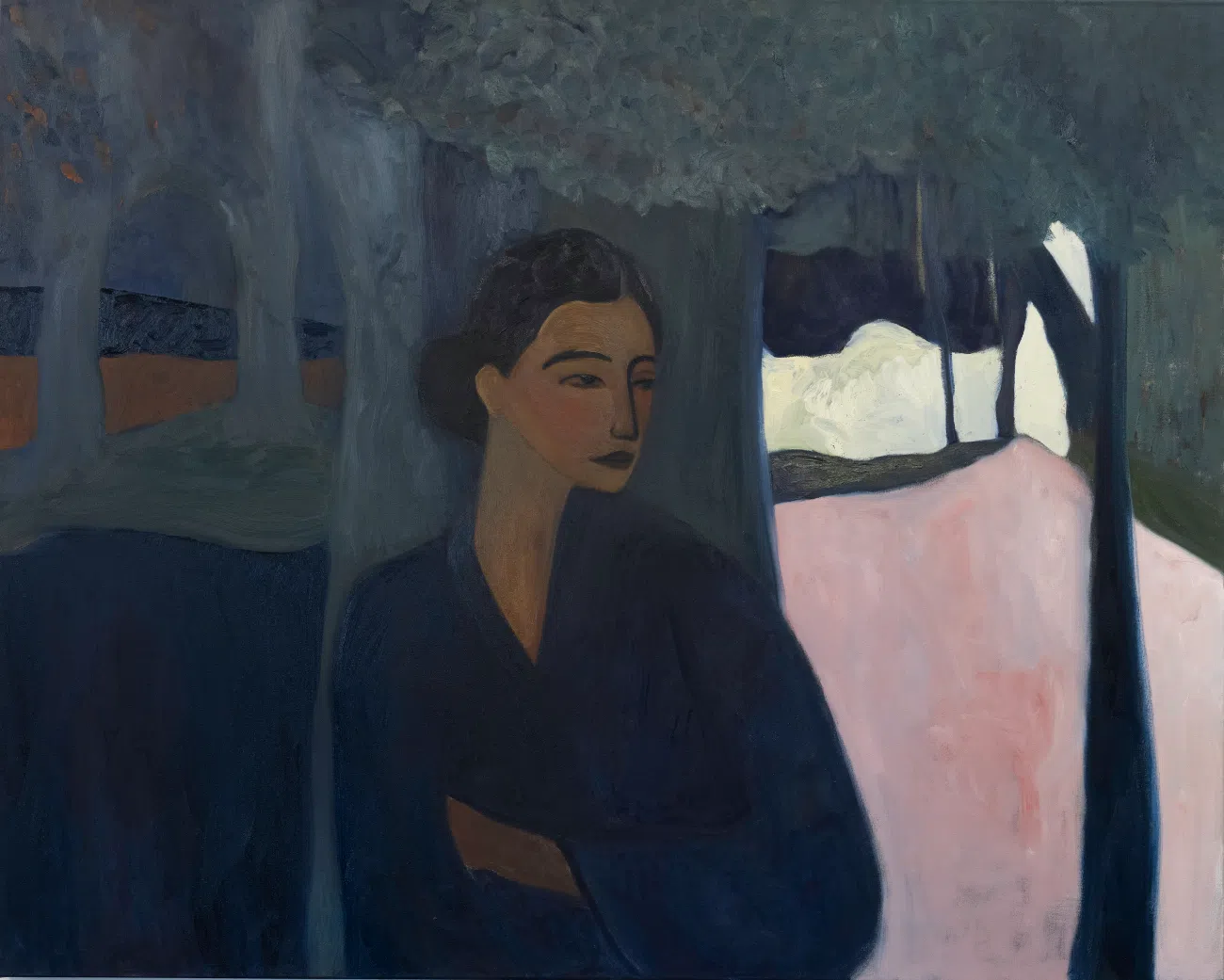
“The Hours Left Behind” (2024). Courtesy of the artist and Mariane Ibrahim
Actually, I started with figurative work while teaching myself how to paint.
Abstraction was freeing in a way that figurative work wasnt at the time.
It allowed the viewer to feel rather than be told what to see.
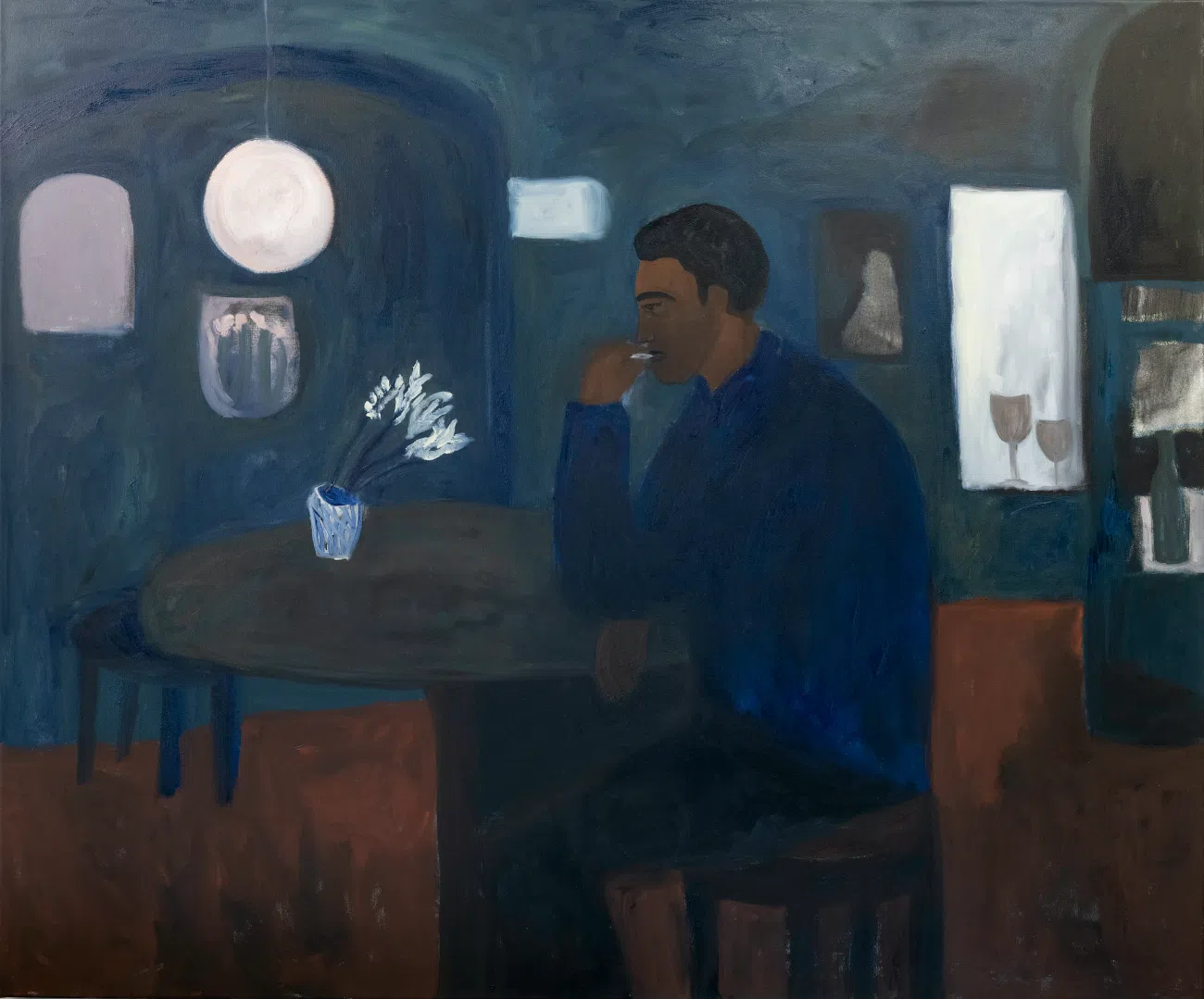
“A Thought” (2024). Courtesy of the artist and Mariane Ibrahim
I loved that openness.
Courtesy of the artist and Mariane Ibrahim
How does your Haitian heritage inform your work?
Those influences naturally made their way into my practice.
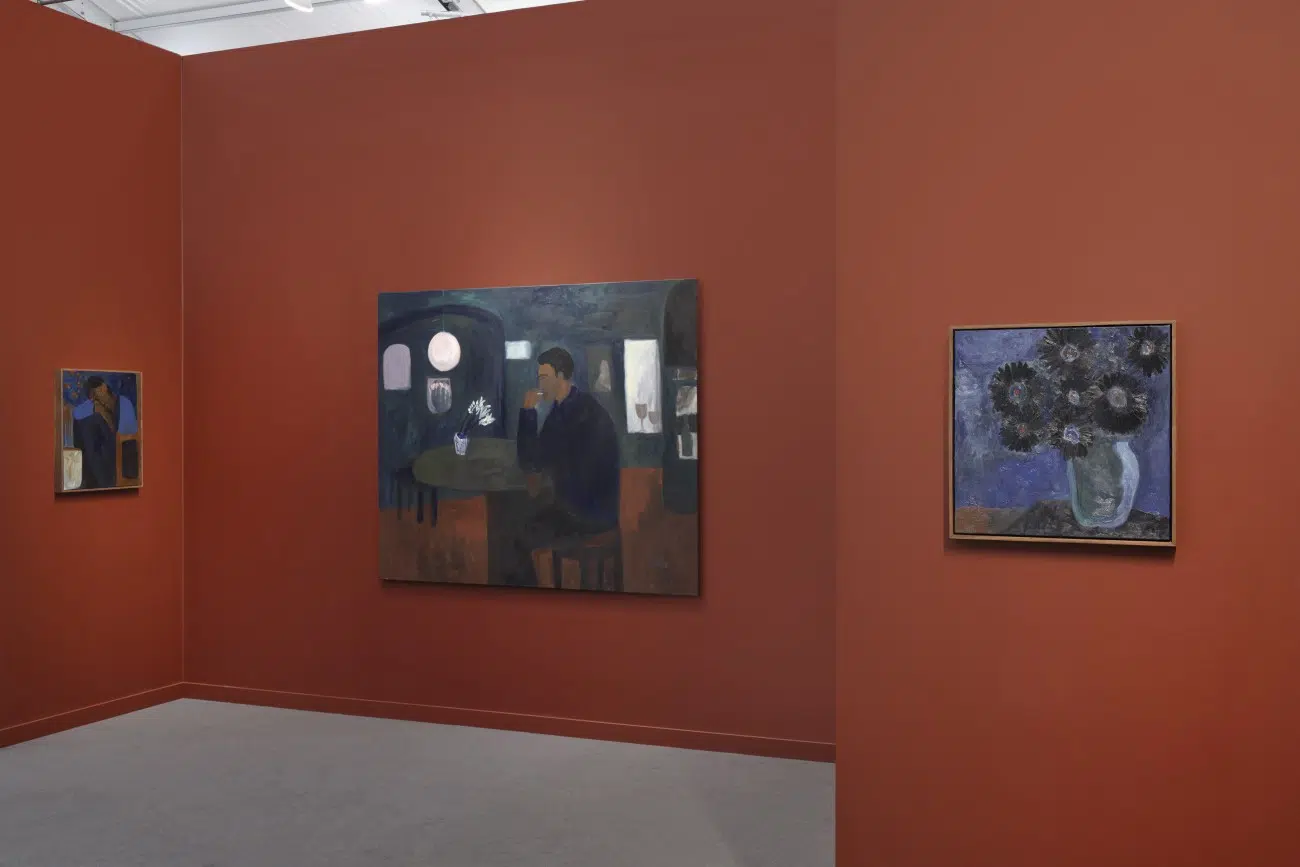
Frieze LA 2025. Courtesy of the artist and Mariane Ibrahim
Beyond aesthetics, my heritage informs my work on a deeper level.
My father is a huge music lover, so Haitian musicespecially Kompawas always playing in the house on weekends.
That rhythm, that energy, is something I feel when I paint.
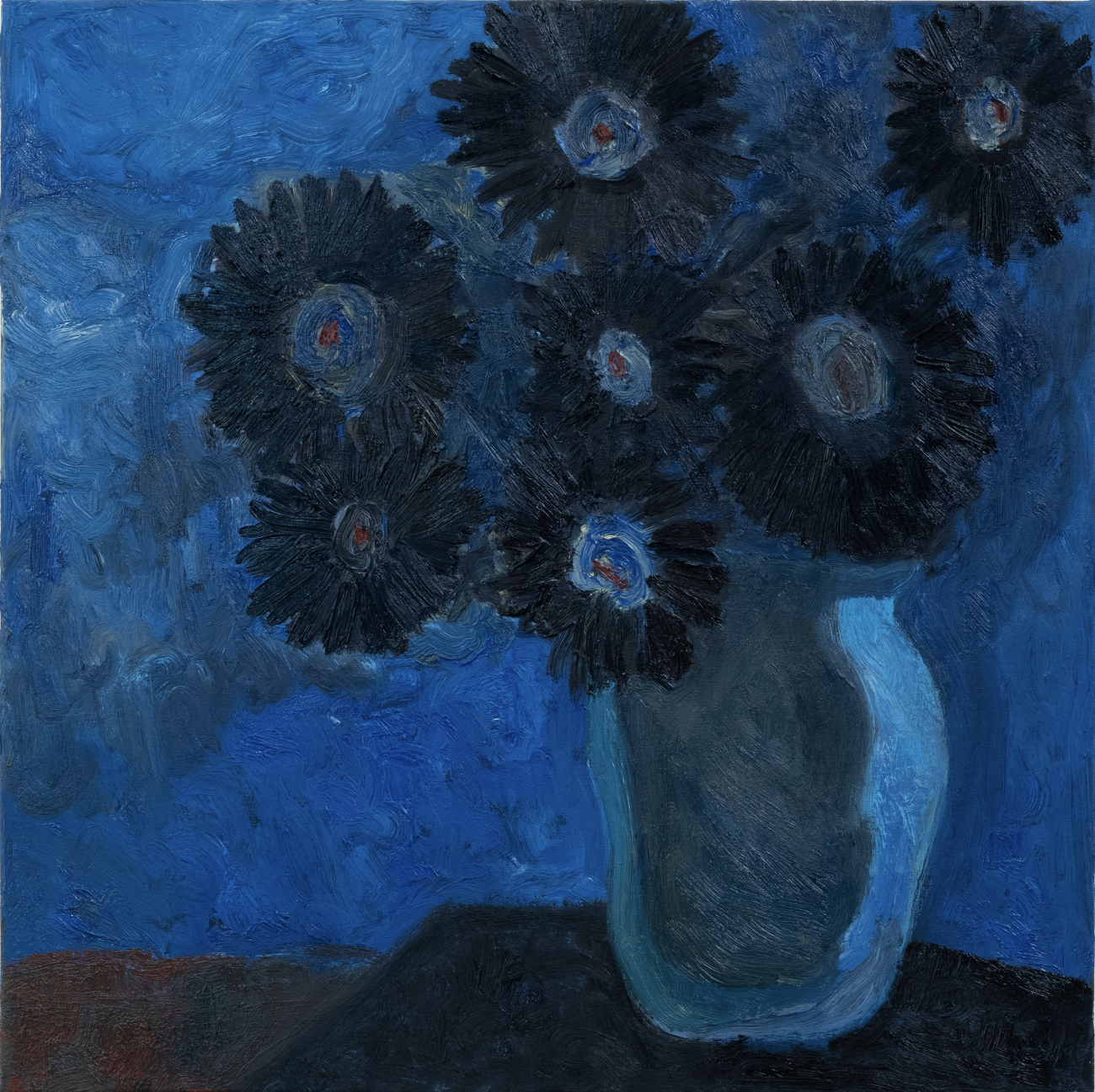
“Nightflower” (2024). Courtesy of the artist and Mariane Ibrahim
In 2010, after the earthquake, I began visiting Haiti regularly, and those trips broadened my perspective.
The Hours Left Behind (2024).
Courtesy of the artist and Mariane Ibrahim
What led you to place your figures in minimalist prefs?
The ambiguity of the background invites interpretation.
It can be anywhere; it can be nowhere.
A Thought (2024).
Courtesy of the artist and Mariane Ibrahim
Can you share a bit about your creative process?
My process is deeply meditative.
I dont use reference images or traditional sitters, not directly, at least.
Instead, I let moments and impressions accumulate in my mind over time.
I think about ancestral energy and take a stab at tap into something beyond the physical world.
My goal is to honor that presence in my work.
Why do you choose to eschew traditional sitters or reference images?
For me, working without a reference keeps the process alive.
Its definitely a challenge, but thats part of the appeal.
I let the figures emerge naturally rather than forcing them to conform to a specific likeness.
It keeps the work fresh and allows for more expressive, fluid storytelling.
That being said, Im always open to evolving.
Nightflower (2024).
Courtesy of the artist and Mariane Ibrahim
What do you hope people take away from your art?
I hope my work resonates on an emotional level, that it sparks a moment of reflection or connection.
These are experiences we all share, regardless of background.
Whats next for you?
Im constantly pushing my practice forward, experimenting with new ideas, and finding ways to challenge myself.
Im excited for whats ahead, and Im looking forward to seeing where the journey takes me next.